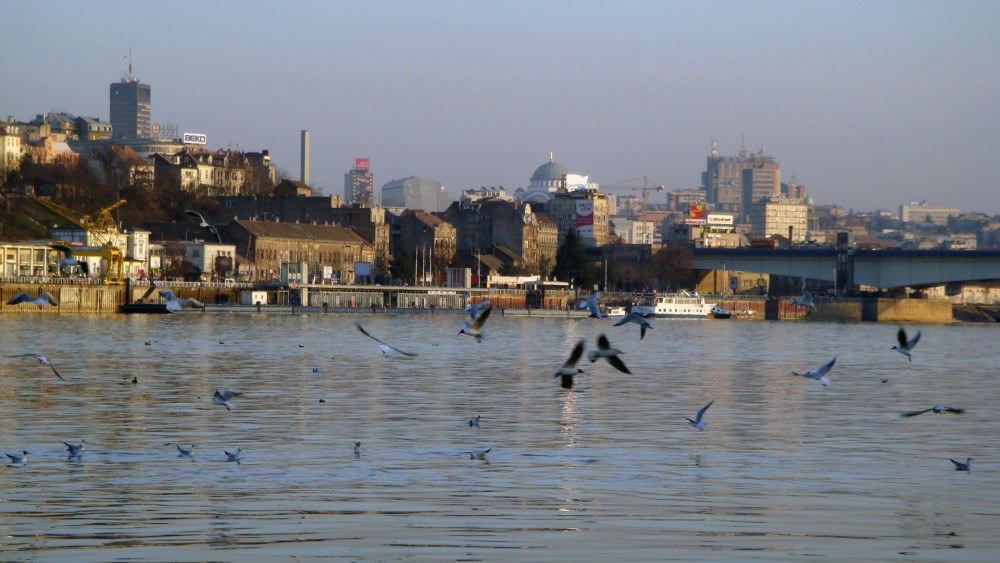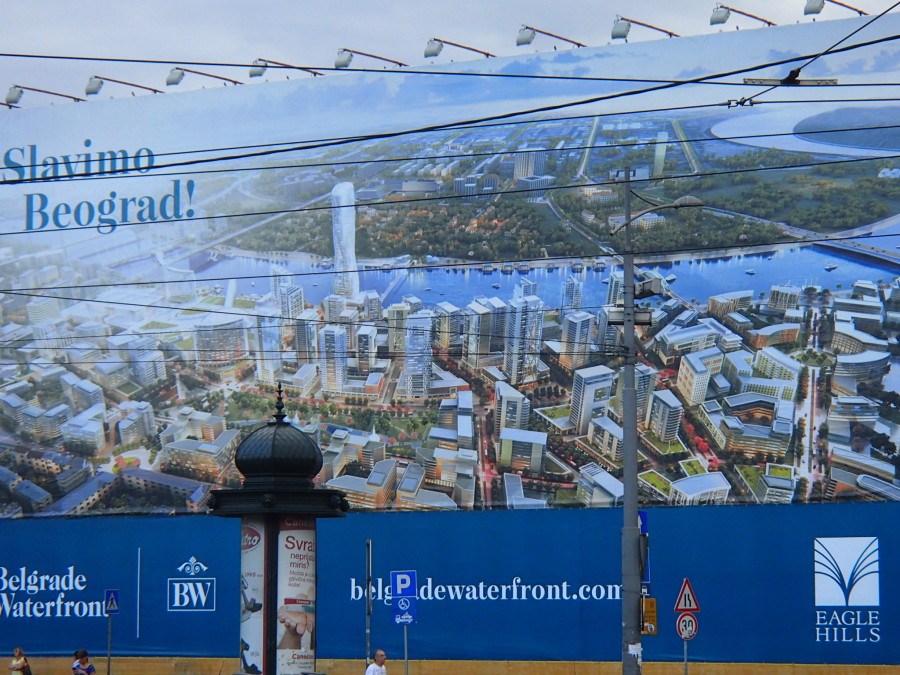The new Waterfront Project of Belgrade

Belgrade is witnessing a stream of events due to the reconstruction of its waterfront, which may change the face of the city forever and not for better.
In an attempt to bust the country’s economy at the time of crisis, the government and the city authorities have offered a vast area in an exquisite location for development projects which are supposed to have not only beneficial effect on the country’s economy, but also to transform the face of the city. So far it seems fair, however under closer inspection, some questions and doubts have arisen.
The new Waterfront Project of Belgrade is designed to cover an area of approximately 80 hectares along the river Sava; with approximately 1.8 million square meters of offices, retails, hotels and luxury apartments. It’s estimated that the cost of the project will be around three billion US dollars and will be completed within ten years. The sheer scope of the project is truly overwhelming.
There is an issue of transparency in the process. The investor, Eagle Hills, a company associated with the Emirati businessman Mohamed Alabbar, seems to have been established specifically for this project, and the master plan, along with the designs of the future buildings, have been chosen seemingly without any public bid, competition or tender and without local institutions and professionals having any part in it. Furthermore, there have been some hasty modifications to the current General Urban Plan for Belgrade and the regulation plans for the area, in order to allow desired building parameters. All of this was of course followed by both professional and general public protests, which have mostly been dismissed by the authorities.
Since the mid 1970’s local institutions and professionals introduced a number of plans with the goal of creating a vivid civic area in the centre of the city, on the banks if river Sava, to fully integrate New Belgrade with the historic city. As part of this effort a study for a modern metropolitan railway was conducted and the building of a new railway station and a metropolitan ring road commenced. Following the economic crisis of the 1980’s and the latter civil war in Yugoslavia, work was placed on hold, but the project has, under different names, been frequently used and misused, mainly for the actual regime’s rhetoric. This is probably why significant part of the public believes that this is yet another such cycle.
Meanwhile the old rails are being removed, one historic building was reconstructed for promotional reasons and one expo pavilion is being built. Politicians are full of praise and authorities give full support, however many professionals and the general public desperately protest and fear that when – and if, it gets built, Belgrade Waterfront, with its forest of luxurious sky high corporate architecture will rob them of both their city and its river.
Text by Vesna Vučinić, 360beograd, Belgrade, title photo by Uros Antic
For more information please visit our Destination BELGRADE




No Comments